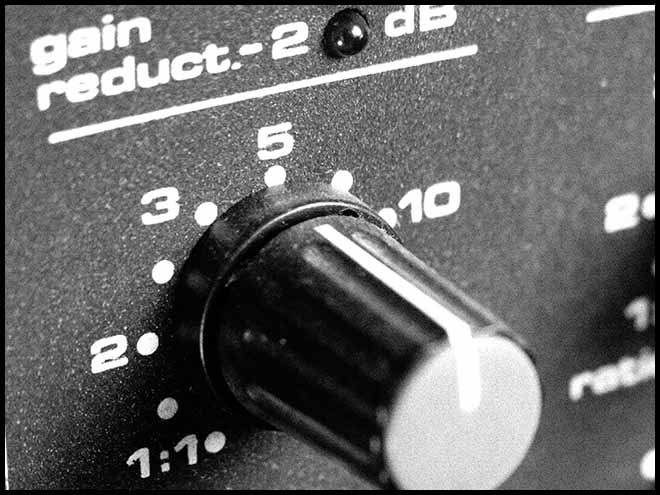
FOR A NON-AGRESSIVE and RESPECTFUL AUDIO MASTERING!
A final mix should - normally, even though it seems to be less and less frequent - have a sound with dynamic, depth & air in the stereo space.
If the difference between the low and high volume passages does not create any listening problems in the mixing studio (quiet, high-end equipment), … it becomes very problematic for you and me when we go to listen this music in much less favorable conditions.

Since the SONY Walkman®, we now listen to a lot of music on the move (on foot, subway-bus, car, train, plane, ...). Unlike "home" listening, the level of ambient "noise" is much higher and penalizes the qualitative hearing of low volume moment / track.
For this reason, it has become common and normal to "reduce" the overall dynamic range of the track so that the gap between the "low" and "high" parts becomes smaller, facilitating a comfortable listening in noisy environments / or at low volume in quiet environments (background or ambient music).

Technically, there are 2 "automatic" methods for this: compression and limitation (level automation being a manual method, wich is more tedious and more "personal" in terms of decision).
However, after analyzing many musical albums on the market, it appears that this high "important" limitation processing is the solution used by ≈ 99% of Mastering's Studios.

I invite you to study the principles ... and misdeeds (see article) on a piece of Californian pop taken as a representative example of this current trend.
On the basis of the "final" Mix and its version "mastered » version by a third party (AIFF format), a fine analysis allows us to highlight the questionable benefits of this mastering method, and to test alternative solutions more respectful of the work. The audio comparisons provided at the bottom of the page (30 s max) are excerpts from the beginning (low volume moments), middle and end (high volume moments).

